(April 21) Gaurav Brahmbhatt offers to log in at 5 am GST from the UK without batting an eyelid. “I’m up early. Work begins early and I like to have some sort of routine. I work in healthcare, after all,” he smiles. Gaurav, who is a founding team member and VP of strategic partnerships at Health Care at Home India Pvt Ltd (HCAH), was, at the time of our meeting, in the UK to receive an honorary degree from his alma mater, Aston University. It is a recognition of his efforts to lead HCAH India in the Covid-19 season. During the peak of the pandemic, HCAH mobilised huge resources to ensure that people who didn’t need to be hospitalised received adequate care. In January 2022, the company raised $15 million in funding, and the plan, Gaurav tells Global Indian, is to scale up all their centres.
Taking on a pandemic
In 2019, when the world had just become aware of Covid-19, HCAH was only six years old, having begun operations in 2013. However, as huge panic kicked in and hospitals ran out of beds and resources, the company began receiving calls from Delhi, Karnataka and Punjab. “That’s how we started caring for Covid-19 positive patients who didn’t need hospitalisation,” says Gaurav. “Our model had become an absolute necessity at the time and this was our chance to add real social value.” HCAH’s staff treated over a million patients during 2019-2020, helping abate panic during the early phases.
“It was a very demanding task,” Gaurav recalls. “We had 72 hours to scale up our models for the government and get going. Before we knew it, we were getting something like 28,000 calls a day.” The government was working overtime too, funding private healthcare for those who could not afford it. They also set up hospital facilities in hotel rooms for quarantine needs.
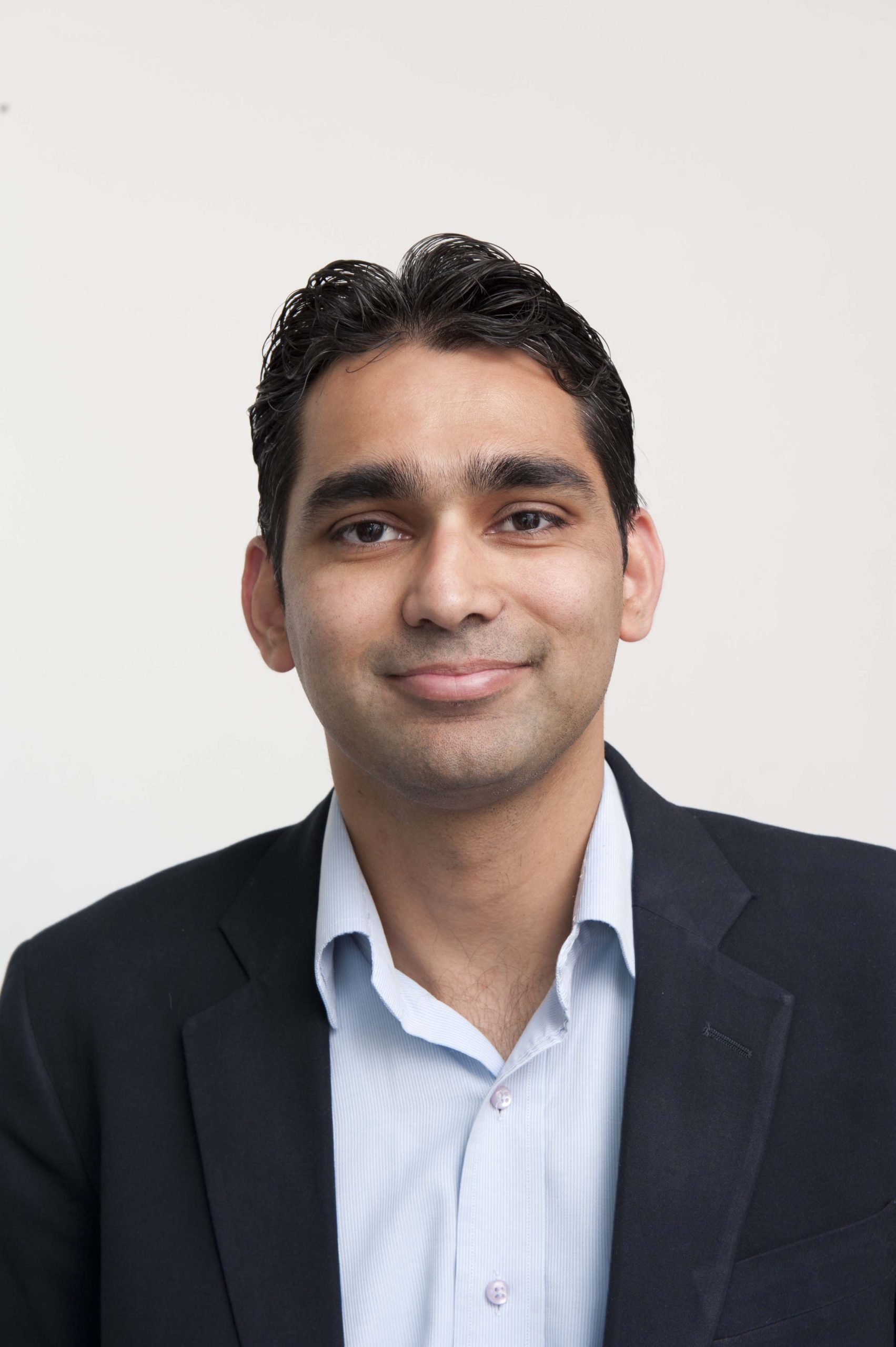
Gaurav Brahmbhatt
Rise to the top
Established in 1992 in the UK by Dr Charles Walsh and Dr Gareth Jones, Gaurav joined Health Care at Home UK (HAH) in 2004, fresh out of college. “Call it coincidence, or luck but that was the time it started buzzing,” Gaurav says. The NHS, he recalls, was under a lot of cost pressure and wanted to expand healthcare at home. “This concept had been around in the UK and the US for quite a while. So when the time came, HAH started buzzing. We were turning in more than GBP 1 billion.”
Armed with a degree in pharmacy from Pune and a master’s in biotechnology from Hertfordshire University, Gaurav came on board at HAH as a pharmacy technician, a “very junior role,” he says. He was keen to learn, to take on new challenges and deploy the management skills. “I became employee of the year and was promoted several times,” he says.
Soon, he was overseeing operations of the largest pharmacy in Europe, which was “half the size of a football field, came with cold chain compliant operations and conveyor belts – the works.” This left him with a strong sense of accomplishment – a migrant from India, getting into an organisation and being able to go so far. “I had learnt people management skills, planning and execution, goal setting and so on,” he adds.
An MBA and a new path
Even as he worked at the pharmacy, he dreamed of doing an MBA – a desire he often shared with his bosses. They finally gave in, even offering to fund his degree. “MBAs are quite expensive in the UK,” Gaurav explains. “Getting funding is also very hard.” It also meant a commitment – time. “My son was born in September 2008 and he was just a few days old when I entered Aston Business School,” says the exec.
Aston University has awarded an honorary degree to Gaurav Brahmbhatt for his leadership on the health agenda in India.
Gaurav Brahmbhatt is a founding team member and vice-president of strategic partnerships and growth at HCAH India.
Congratulations, Gaurav! pic.twitter.com/fipJoz6BFl
— HCAH India (@HCAHIndia) April 9, 2022
In order to graduate in 2010-11, Gaurav had to turn in a research project. He calls it his “eureka moment.” He wrote about HAH possibly looking at India as a expansion opportunity. “I had been away for a very long time and I wanted to be able to give back to my country in some way,” he says.
Healthcare at home was a concept that made a lot of sense to him, “We can’t carry on endlessly building hospitals,” believes Gaurav, adding, “I remember as a kid, a doctor visiting houses with his suitcase. That disappeared with time but the potential was there.”
While surgeries and other complex, invasive procedures do require a hospital, “70 percent of what is done there can be done at home,” he says. “That’s the guiding principle in the UK and we thought we could do something similar in India too.
The India expansion
Gaurav spent six months on his MBA research project and when he presented it to the HAH management, he found them quite convinced, “It was a validation of my research,” Gaurav smiles.
After HAH conducted its field research, Gaurav accompanied Dr Jones and Dr Walsh to India to meet with stakeholders, including the Burman family, owners of the Dabur group. The meetings only convinced them further this was the right choice.
Homecoming
Gaurav returned to India with his family in 2012. “I had a baby daughter that year too” – Gaurav smiles, as he seems to do every time he mentions his daughter, who is now nine. It was a tough call – the family was well settled in the UK, both professionally and personally. Moving back to India was a risk but Gaurav knew it would bring him more satisfaction in the long run.
Healthcare at Home India Pvt Ltd (HCAH) began operations in 2013, with Vivek Srivastava as CEO and Gaurav also at the helm. They began to expand outside Delhi to Mumbai, Kolkata and Hyderabad. “We acquired a pharma business in Mumbai and began scaling up post that,” says Gaurav, of the company that works with major pharma companies and his pharma expertise stepped in.
Changing healthcare in India
“It’s about setting up the infrastructure and then making it work in terms of logistics and distribution. In a complex environment like India, you’re dealing with specialised, high-end medicines. We call it integrated pharma,” he explains.
Today, Healthcare at Home India Pvt. Ltd reaches around 1.5 lakh patients each month, supporting oncology to nephrology patients. Post-operative care is also an important part of what they do. Post Covid-19, the company has expanded further, working with patients at homes, in communities and on corporate sites in terms of wellness centres and so on, Gaurav explains.
The Heroes of HCAH have outdone themselves in this pandemic, going far beyond their duties and responsibilities to serve patients in these trying times.
To honor them, we are shining the Spotlight on our super-achieving Kolkata team today…#HCAH #H https://t.co/vZTQ0ktboc
— HCAH India (@HCAHIndia) May 17, 2021
Brand Ambasador for Aston Business School
After he moved to India, Gaurav became the country’s brand ambassador for Aston Business School. “I wanted to extend knowledge and support to other Aston alumni in India as well.” He runs the university’s alumni network, overseeing the various chapters and organising lectures by Aston professors.
In 2020, he became a member of the Aston Advisory Board to strategise for long term impact, learn from industry leaders who are alumni. In 2022, he was awarded his honourary degree.
“It’s very satisfying, somehow to be part of something bigger,” Gaurav remarks. “And I have been fortunate enough to find people like Dr Charles, Dr Gareth and the Burman family.” He describes his journey with HCAH as a mission. “What began as an idea supports millions of people in India. That’s where my highest sense of achievement comes from.”
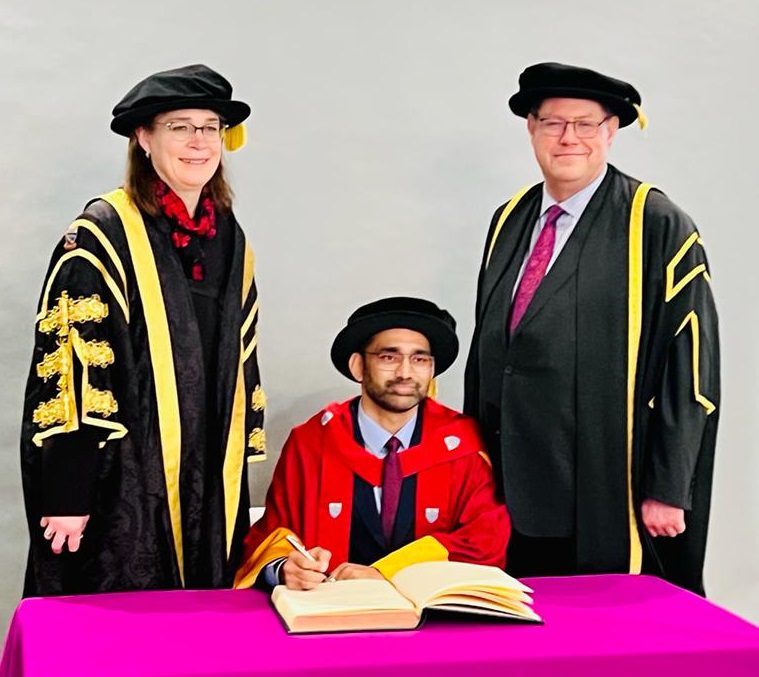
Gaurav receives his honorary degree from Aston University
Accessibility of private healthcare
“The company runs its own NGO as well. We are working on solutions like bringing healthcare to rural areas,” says Gaurav. Counselling patients too. “For instance, there are people with epilepsy who don’t get access to mainstream education, or don’t marry. We are working towards developing programmes to deal with these societal issues,” Gaurav explains.
Gaurav has returned to his home state, Gujarat. He lives with his wife, whom he describes as a constant source of support, and his kids.

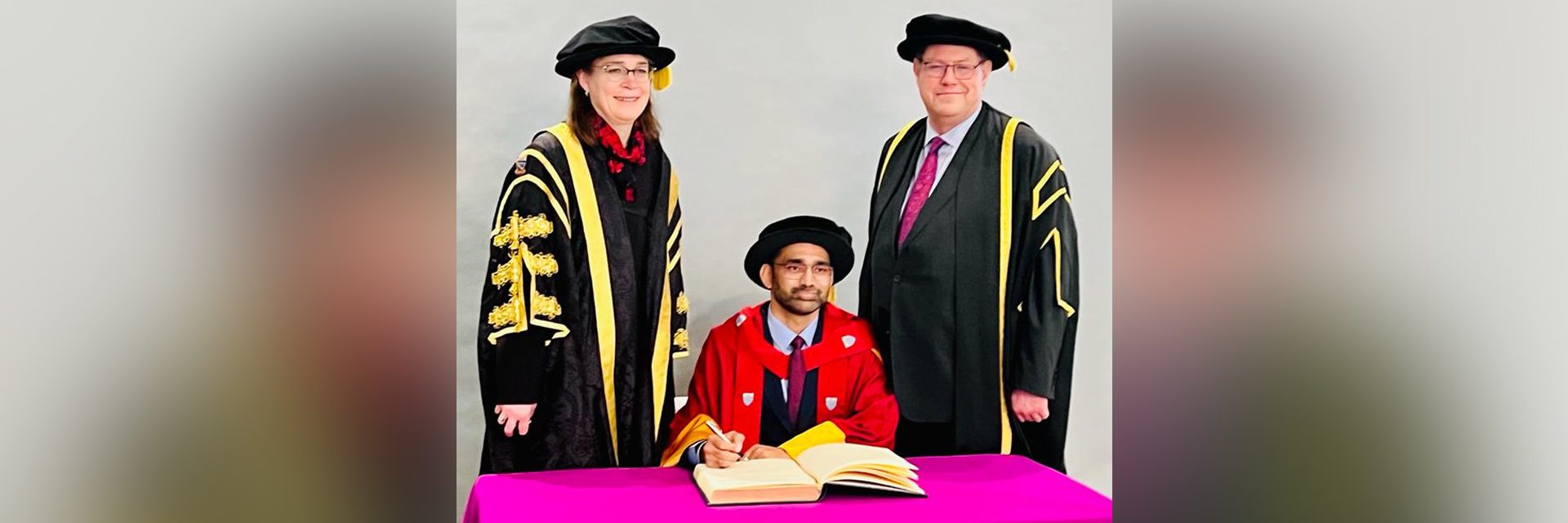

 Architect BV Doshi conducting a walkthrough at IIM Bangalore. Photo credit: IIM-B[/caption]
Architect BV Doshi conducting a walkthrough at IIM Bangalore. Photo credit: IIM-B[/caption]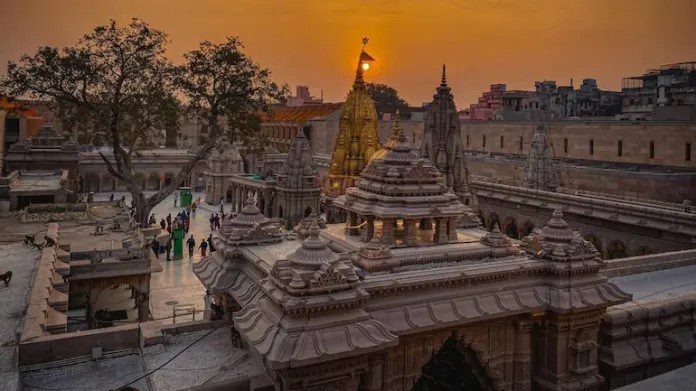 The Kashi Vishwanath Dham[/caption]
The Kashi Vishwanath Dham[/caption]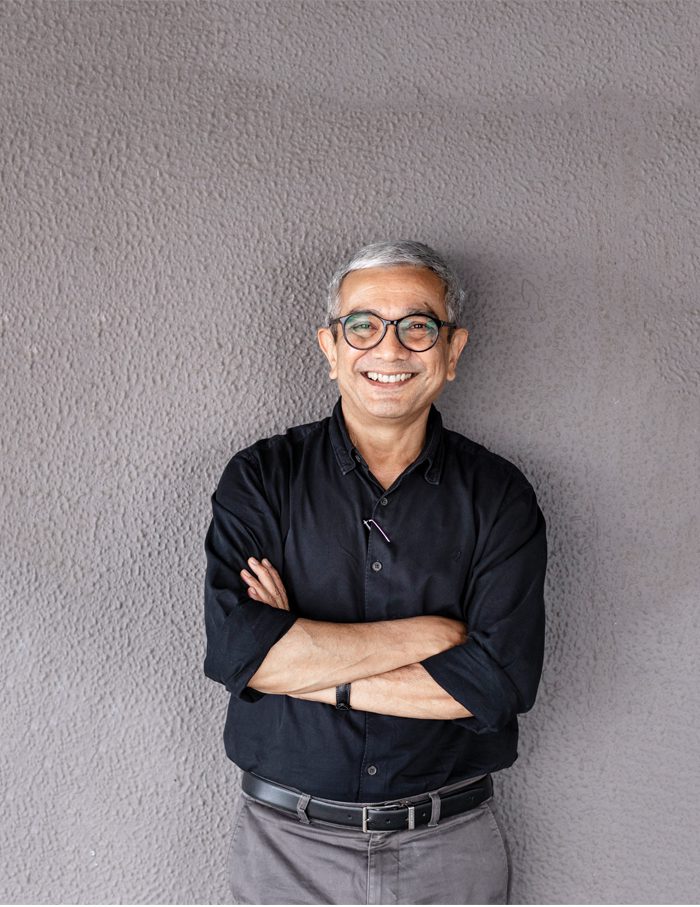 Bimal Patel. Photo credit: Umang Shah /
Bimal Patel. Photo credit: Umang Shah /  The Shirdi Sai Baba Mandir, Chennai (ongoing). Render courtesy:
The Shirdi Sai Baba Mandir, Chennai (ongoing). Render courtesy: 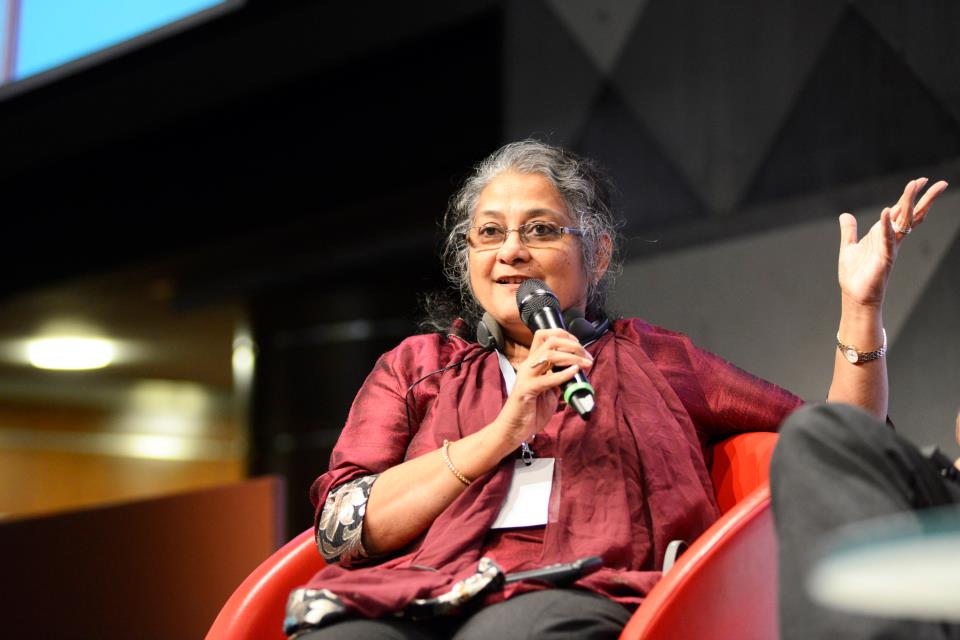 Sheila Prakash[/caption]
Sheila Prakash[/caption] Infosys Nagpur Campus. Image- worldarchitecture.org[/caption]
Infosys Nagpur Campus. Image- worldarchitecture.org[/caption]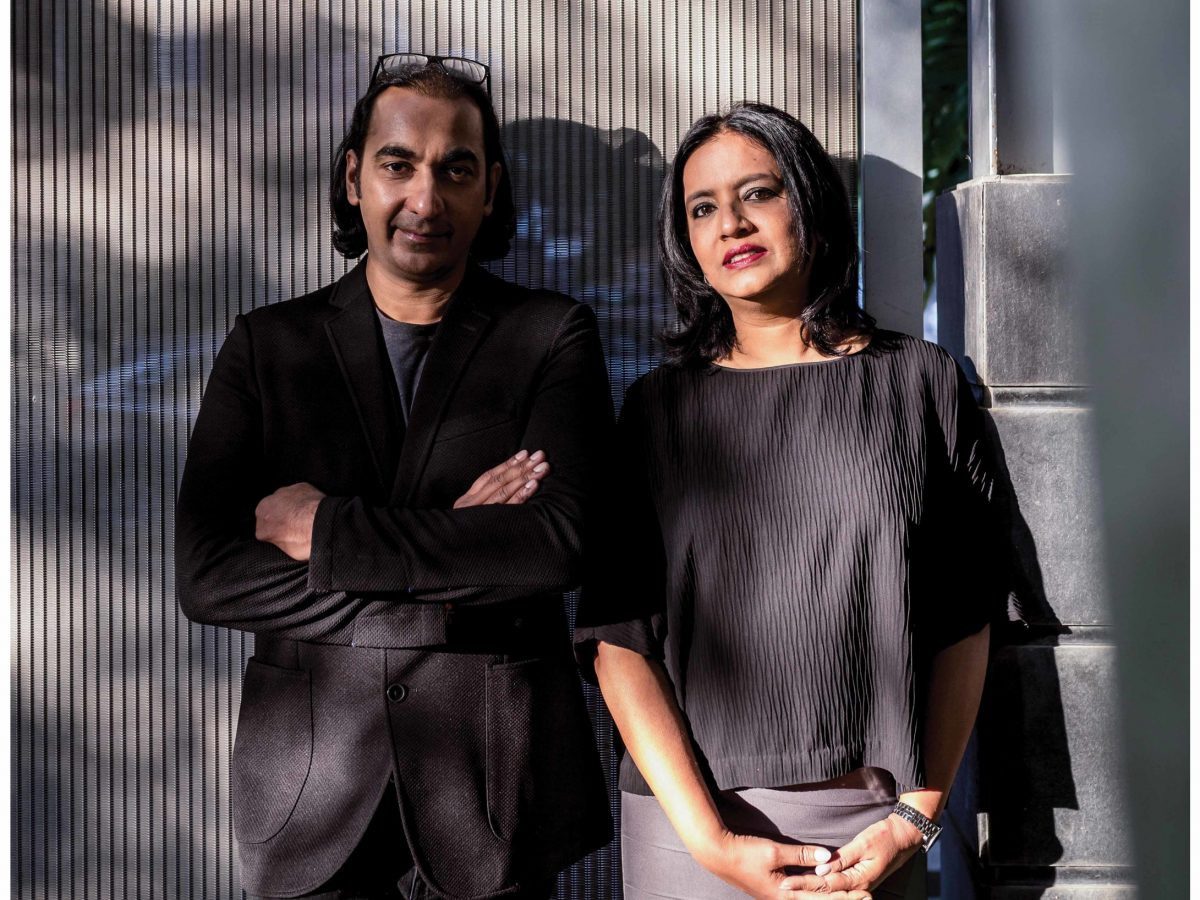 Sonali and Manit Rastogi[/caption]
Sonali and Manit Rastogi[/caption]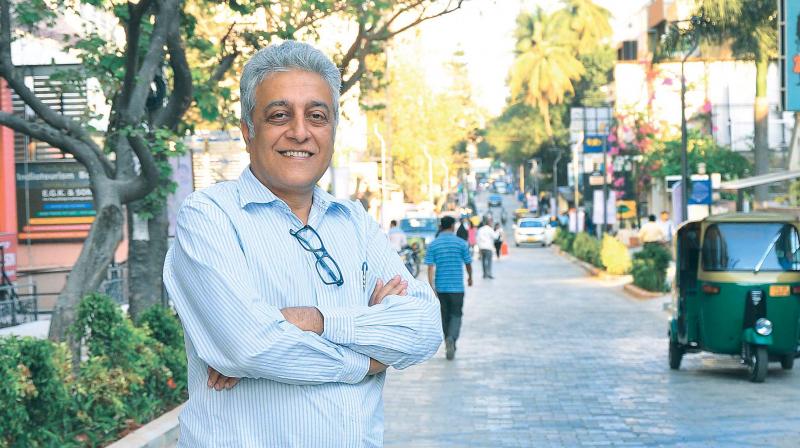 Naresh Narasimhan on Church Street. Photo:
Naresh Narasimhan on Church Street. Photo:  Rahul Mehrotra. Photo
Rahul Mehrotra. Photo 
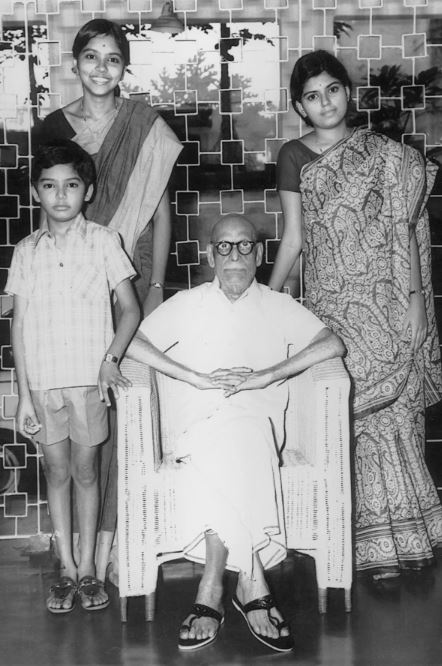 Indra Nooyi with her grandfather and siblings[/caption]
Indra Nooyi with her grandfather and siblings[/caption]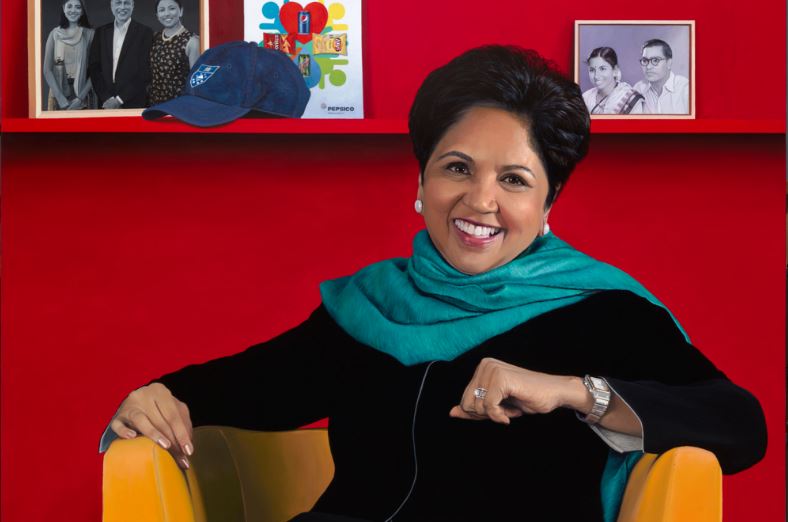 The CEO, mother, wife and daughter successfully juggled both worlds[/caption]
The CEO, mother, wife and daughter successfully juggled both worlds[/caption]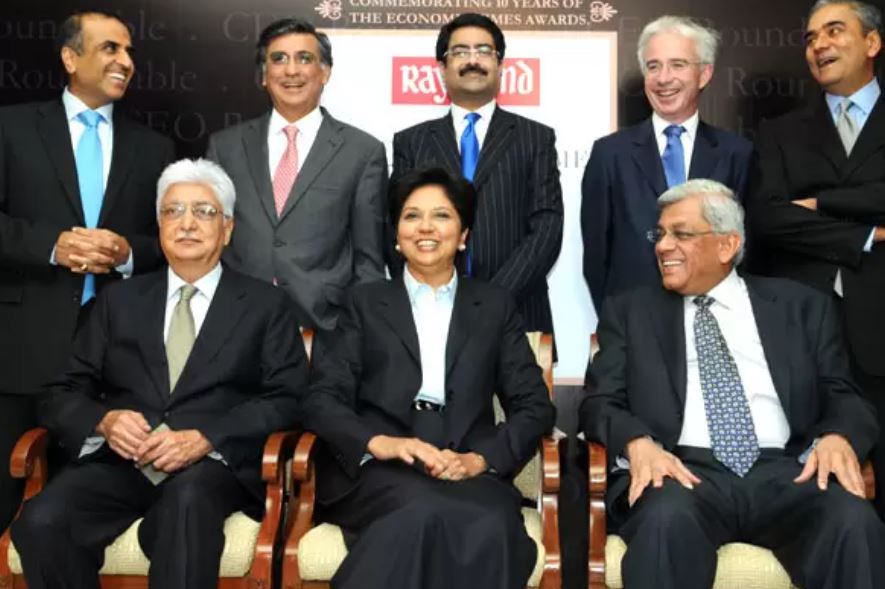 Breaking the glass ceiling: Indra Nooyi with top business leaders[/caption]
Breaking the glass ceiling: Indra Nooyi with top business leaders[/caption]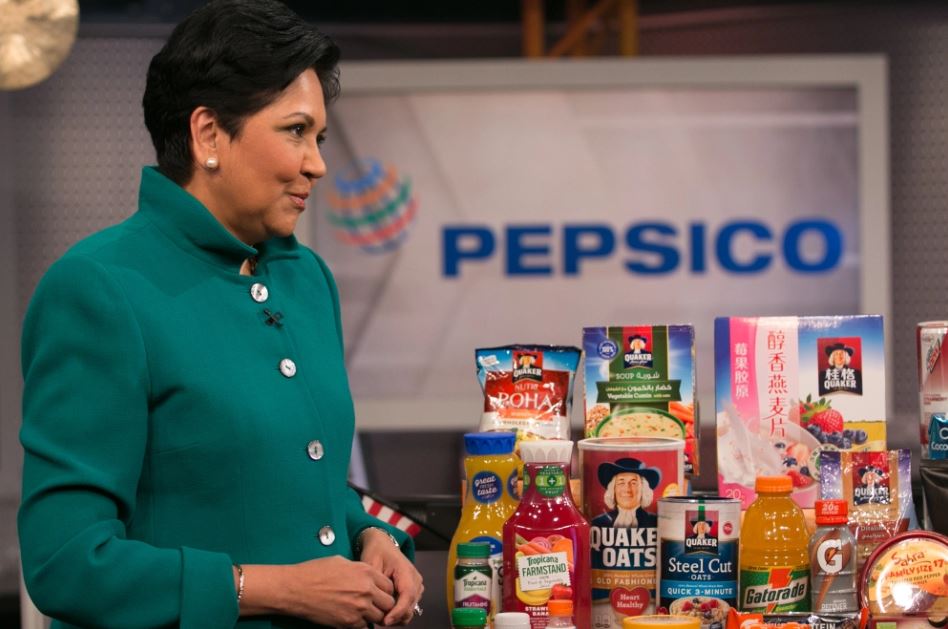
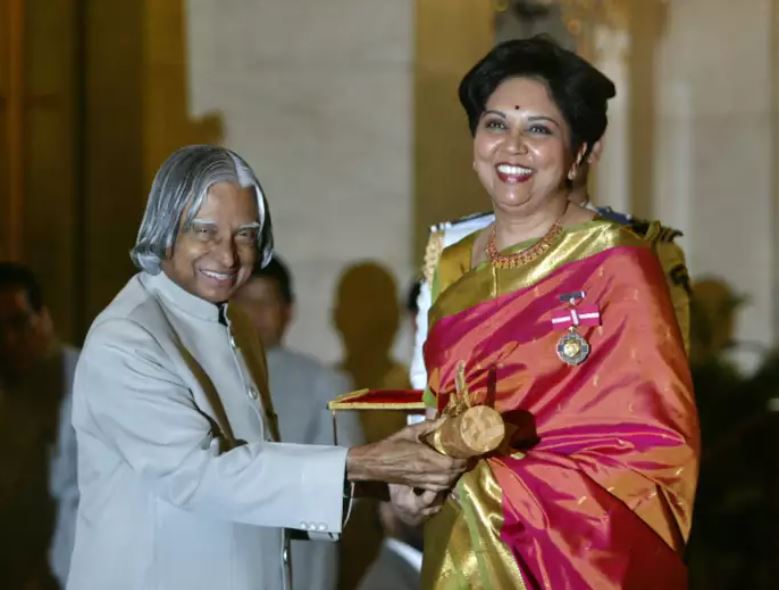 Indra Nooyi receiving Padma Bhushan award from late Dr APJ Abdul Kalam, former President of India[/caption]
Indra Nooyi receiving Padma Bhushan award from late Dr APJ Abdul Kalam, former President of India[/caption]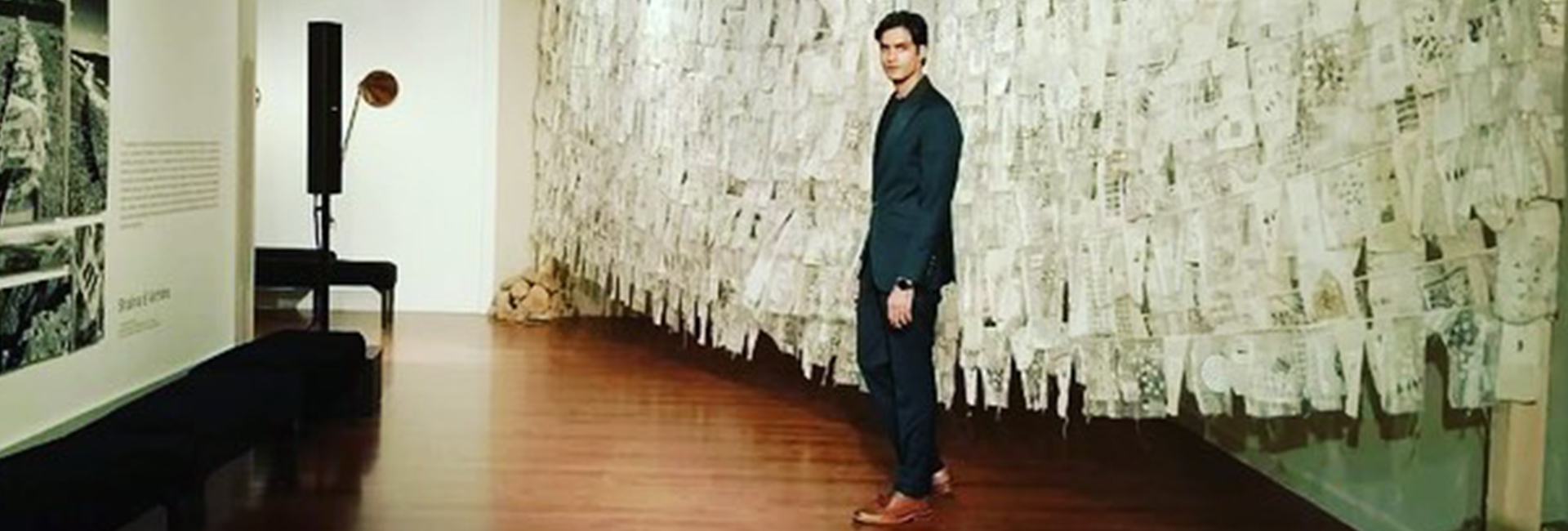
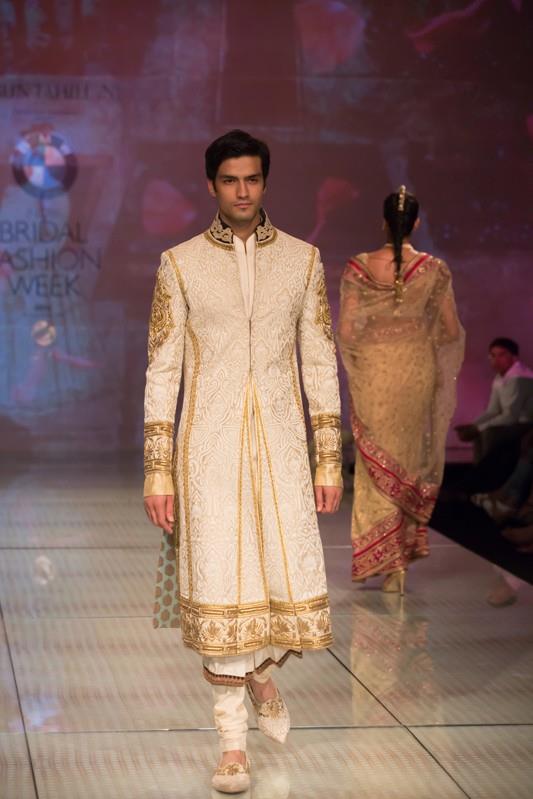
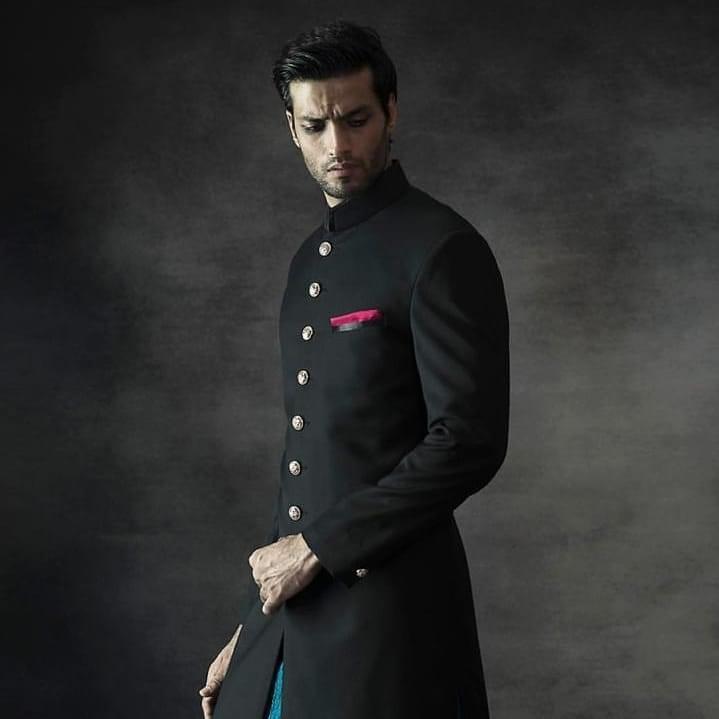


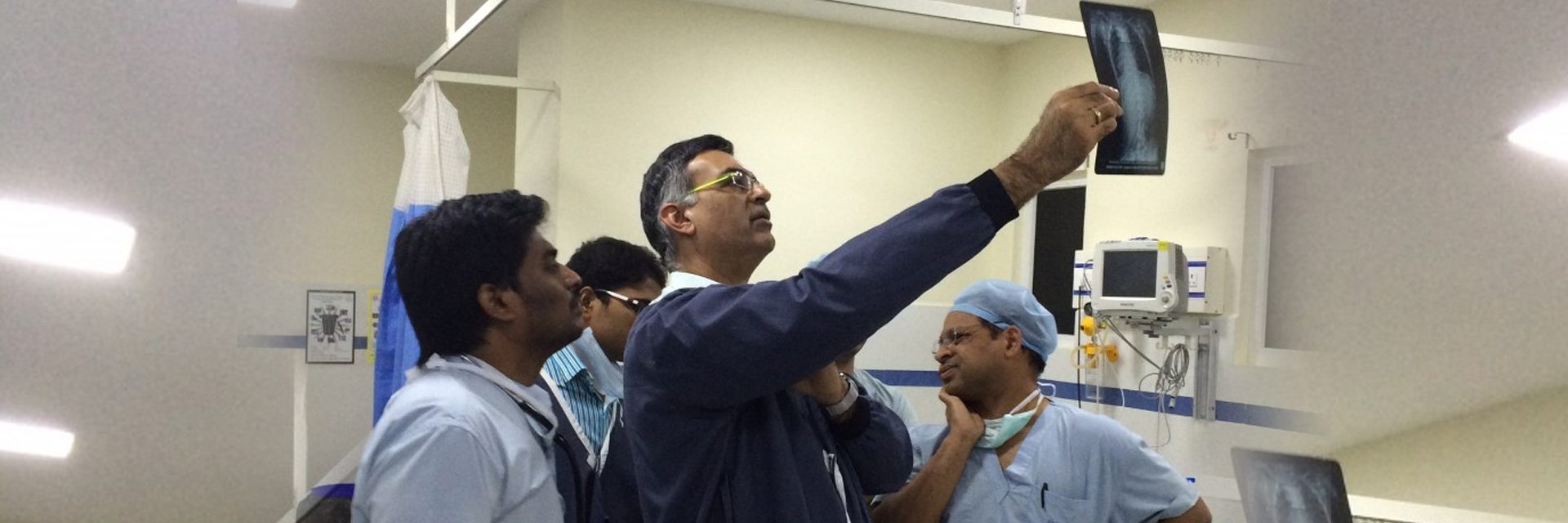
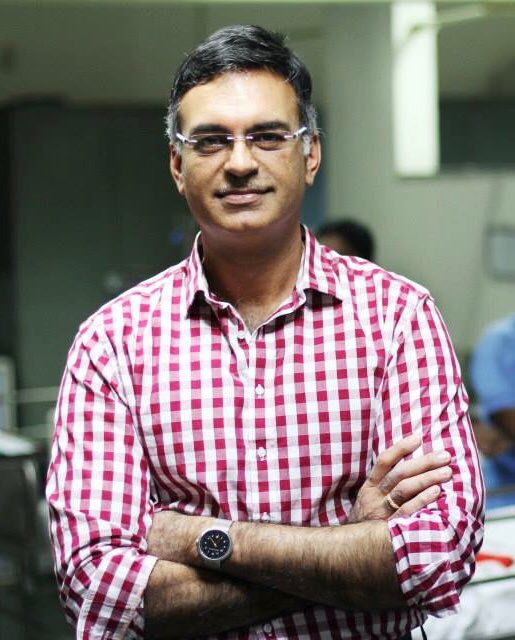

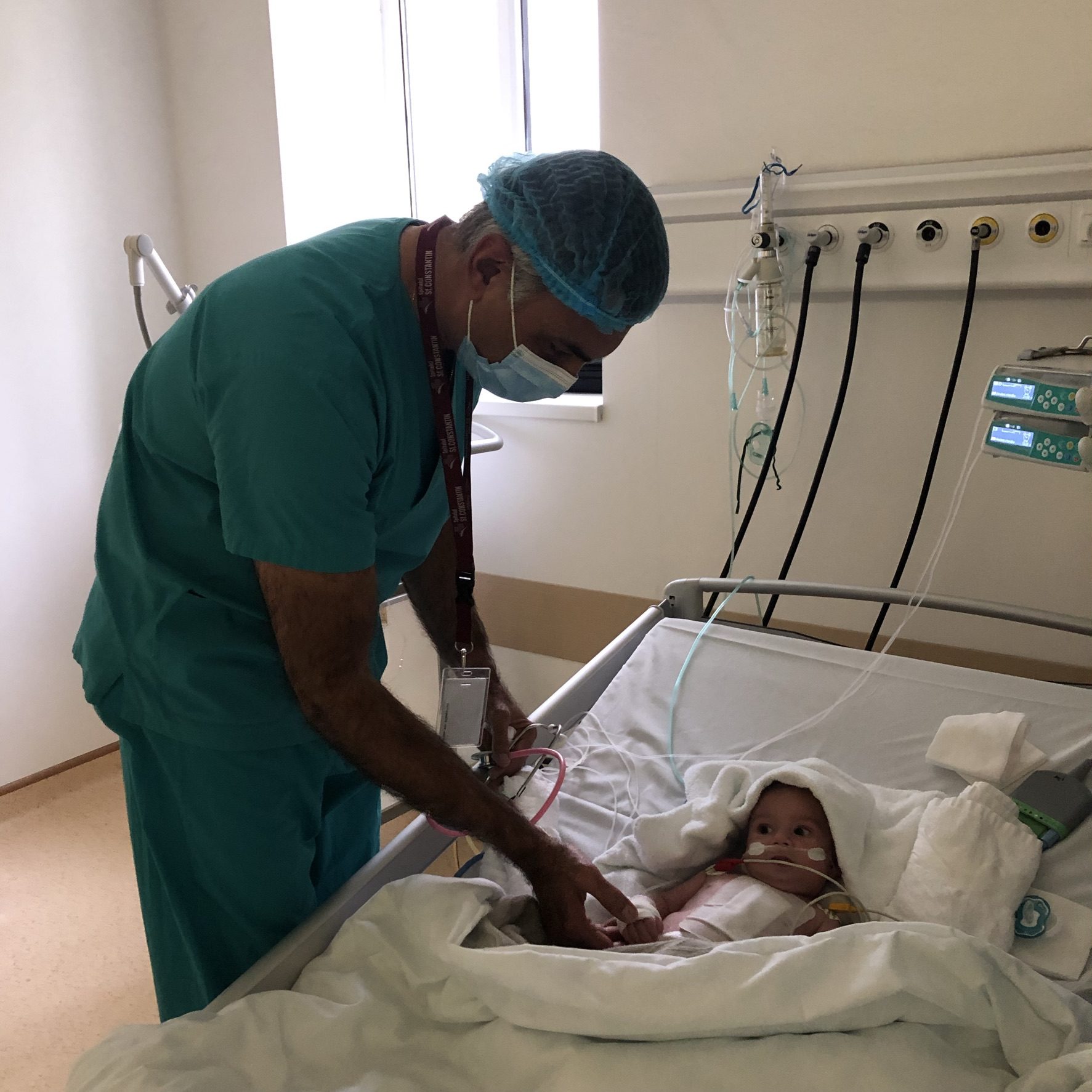
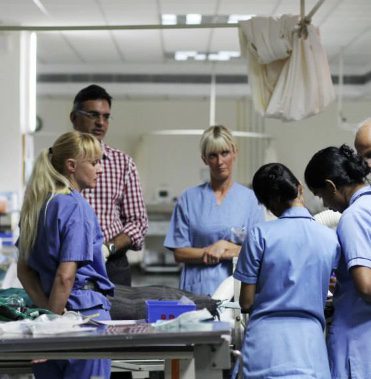
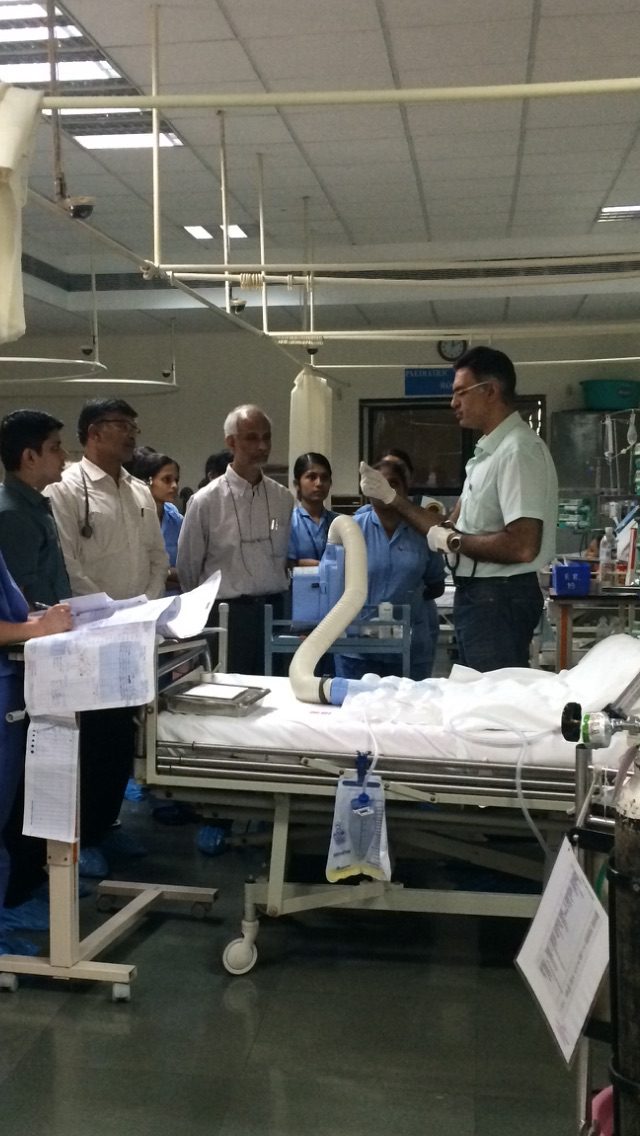

Wow! Feeling proud to see that he is an Indian!
Very Good Daddy! Proud to be your son. Congratulations! I will surely take upon the path you followed…
Congratulations GB sir…….. feeling proud to say you are know to me.